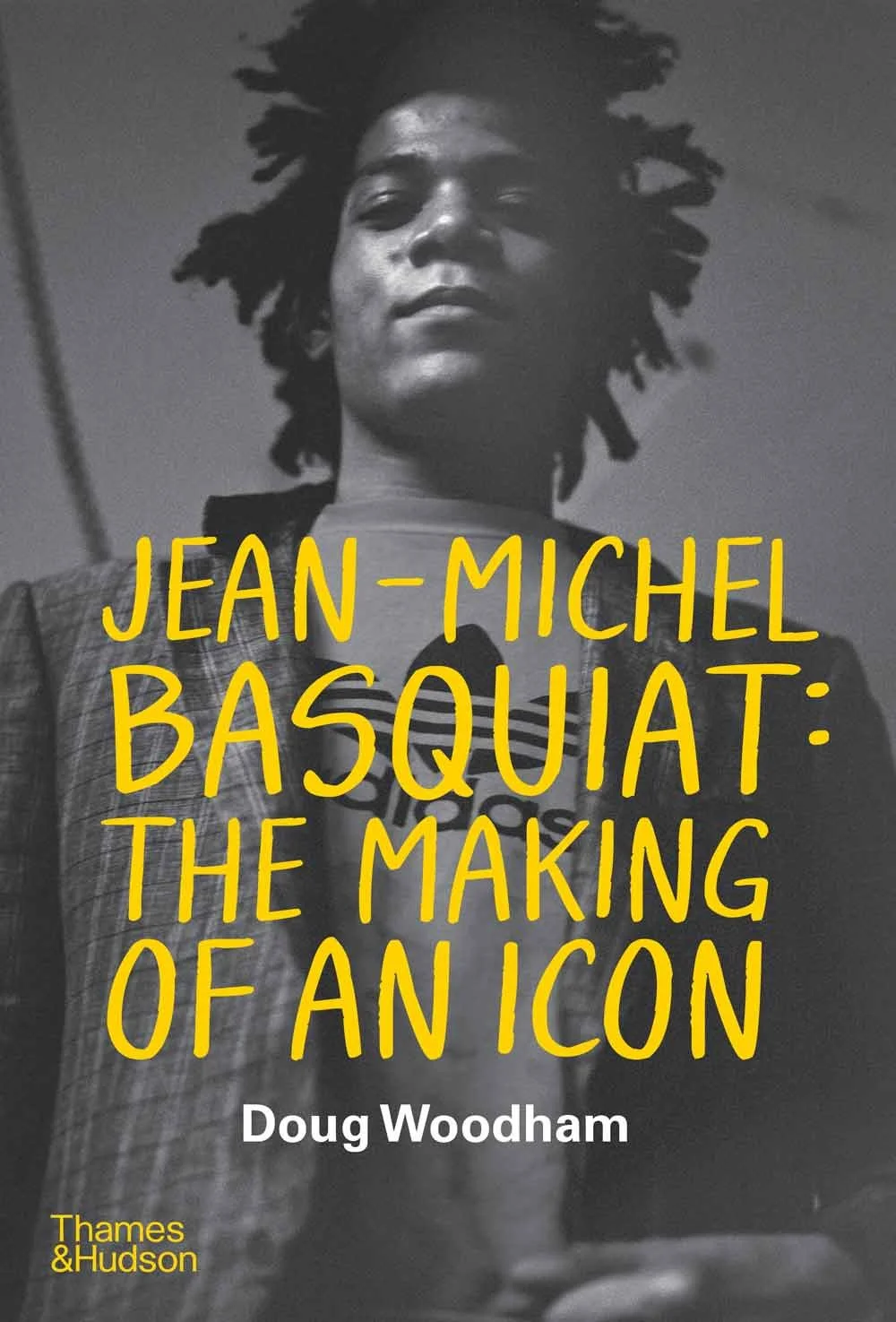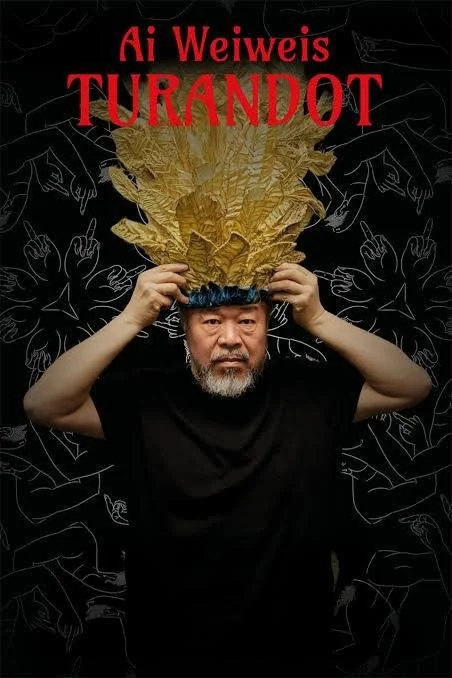An estimated one in two people will experience degrading environmental conditions this century and will be faced with the difficult question of whether to leave their homes. Will you be among those who migrate in response to climate change? If so, where will you go?
Abrahm Lustgarten is an investigative reporter, author, and filmmaker whose work focuses on human adaptation to climate change. His 2010 Frontline documentary The Spill, which investigated BP’s company culture, was nominated for an Emmy. His 2015 longform series Killing the Colorado, about the draining of the Colorado river, was nominated for a Pulitzer Prize. Lustgarten is a senior reporter at ProPublica, and contributes to publications like The New York Times Magazine and The Atlantic. His research on climate migration influenced President Biden’s creation of a climate migration study group. This is also the topic of his newly published book, On The Move: The Overheating Earth and the Uprooting of America in which he explores how climate change is uprooting American lives.
ABRAHM LUSTGARTEN
This is a passage from On the Move about a woman named Colette Pichon Battle. She’s one of the people that I write about who’s trying to deal with how climate change changes where she lives. After Hurricane Katrina struck New Orleans in 2005, she moved home to the Louisiana coast to try to protect her community, and help it rebuild, and to resist the tides of potential climate migration. This is a little bit about Colette and her experience there.
As tens of thousands of people continued to leave the wreckage of Louisiana in the weeks and months following the storm, and Mary remained a refugee - that's her mother - Colette moved back home. 15 generations on the bayou, a legacy in jeopardy, exerted a gravitational pull she could not resist. The devastation spoke to her. The rebuilding beckoned. She thought about the survivors. ‘There are these trees here,’ she says, describing the deeply rooted majestic oaks that dot the landscape of southern Louisiana and the Mississippi coast. The tidal surge snapped the pines like pixie sticks. The briny ocean water turned grasses brown and dead, killing animals and fish both, along with flowers and shrubs. ‘Not everything made it,’ she said. ‘But these trees, these oaks, they made it, and they stood.’ Colette knew that her home might never be rebuilt. She knew her mother might never come back. But she tells the story, grasping for an explanation for why she herself returned, trying to find words that could describe the role she felt suddenly compelled to fulfill. ‘And I feel more like that, right?’ She says, comparing herself to the aged oaks. ‘I feel like that. I'm watching other trees go down. I'm watching changes, but I've got the roots that are strong enough to hold.’ And so Colette became the resistance, pushing back against all the forces arrayed against her, the storm after the storm. She thought, at the time, she'd join a great healing, the rebuilding that would bring her mother home. and the restoration of all the ties that gave life their meaning. She would bring the whole bayou home. She began to talk about the risks in terms that the bayou community around her could not recognize. She warned that if they failed to rebuild, to be resilient, the only option would be to migrate away from Louisiana's southern coast. That while the recovery from the storm looked bleak, the alternative could be far worse. ‘People thought we were crazy,’ she says, ‘but that's how it begins.’
An evolving sense of home
When I began to write this book, I thought that by the time I finished it, I would have moved somewhere, and it would provide a great narrative arc for the text, and I would end the book describing my wonderful experience on my new farm in Vermont or something like that. Obviously, that hasn't happened for me yet. What has happened is a really complex process, almost more of a psychological process, and I hear it reflected in others that I've talked to and interviewed for the book as well. I have come to understand the specific risks and perils that I face living in California, for example, better than I did before. I can see them clear-eyed. But I've also had a lot of time to reflect on the reasons why I chose to live where I live in the first place and what I appreciate about it. I've come to accept the unsettledness of this era we're moving into, and I think that's really how I see the future. We're living in an era of disruption, and there are others I talk to and write about who also muse about the possibility of a more nomadic future, that maybe home isn't a permanent place with deep roots, but is a transient place with shallow roots or two places that you alternate between. I think that in addition to a lot of other dramatic changes that the book is about, a change in our sense of home and our sense of place is a part of this story.
How climate migration will affect American cities
A lot of the conversation around climate migration is about where people will go, and that is a really important part. But also half of the conversation is about where people will leave from, and what happens to those communities. A lot of the conversation is about urban planning, and sustainability planning, and what that means for cities. I think it means different things whether you're on the growing or the contracting end of the spectrum. When I look at perspective change for urban areas in the United States, it's clear that defending them physically - and I'm thinking primarily of coastal cities and sea level rise, the most immediate physical threat - building sea walls to defend these cities is incredibly expensive. New York will ultimately build a seawall that it estimates now will cost somewhere in the order of 120 billion dollars. But the fact is that many cities in the United States will not be able to afford that, especially smaller ones and southern ones. And so a part of planning for this needs to include thinking about managed retreat from highly vulnerable areas. Perhaps about making communities smaller or planning to keep them smaller. One real risk is that as some communities see an outflow of people, even if it's only a partial outflow and not an abandonment of a place, it undermines the tax base of that community that supports schools It undermines the real estate market and the value of property, and it can lead to a spiral of economic decline that can be really dangerous for the people who remain, and that can really hollow out a community. That's an enormous challenge, but one way to deal with it is to try to keep the resources and infrastructure in a community proportional to the population that's utilizing it, and to maintain some energy, prosperity, and vitality by not having this mismatch of hollowed out buildings and empty spaces that are unoccupied because maybe the land base for the map of a city is larger than it needs to be with a smaller population. So I think a lot of places in the United States need to plan to get smaller, which is really the antithesis of the American philosophy of growth and economic growth, and that's going to be a real challenge.
If you want to keep your community intact, you could move together, or you could move to a place where your neighbors have also moved or something like that. That's the kind of new idea that is being batted around that can help keep communities coherent.
THE CREATIVE PROCESS · ONE PLANET PODCAST
When talking about communities becoming smaller in areas of the country that become unlivable, how can the land left behind be used without becoming a wasteland?
LUSTGARTEN
Much of this change is going to be painful and unavoidable, and I think losing the use of land in certain parts of the country is an inevitable part of that process, mainly because water is increasingly scarce, especially in the American Southwest. Right now we're in a really difficult political process of basically reapportioning that water and deciding how it should be allocated. Should more of it go to cities? Can it be saved if it doesn't go to farms? And you can then break down how those farms use that water. Should they grow essential crops? Should they grow vegetables? Should they grow extremely water-intensive crops like alfalfa, which get exported out of the country, or go to feed beef and cows? There are a lot of incremental decisions that can extend the availability of resources like water for a long time into the future. And so I think if carefully managed and some painful compromises are agreed upon, lands in really hard-hit parts of the United States can remain viable and usable for a long time.
THE CREATIVE PROCESS · ONE PLANET PODCAST
What are some of your reflections on the beauty and wonder of the natural world?
LUSTGARTEN
It's very personal, but to me, our national environment is everything. It’s where I recreate, but it's more than just for fun and entertainment. It's church. It's the most valuable and beautiful thing that we have, our natural surroundings. And for me, it's where I find peace and clarity and where I'm able to unload some of my own stresses or anxieties. It’s where I find creative inspiration and rejuvenation. For me, all of these things are always made possible in one kind of beautiful, natural, untouched environment or another.
THE CREATIVE PROCESS · ONE PLANET PODCAST
As you think about the future, what would you like young people to know, preserve and remember?
LUSTGARTEN
What we do still really, really matters in terms of defining what the future looks like. I don't think that climate change in an apocalyptic sense is a foregone conclusion. Our efforts to change that trajectory to lower emissions will change how severe the impacts are in the future. So I really want people to understand that. And I really want my kids to understand that. I also trust that I want people to understand that we might be entering an era of unprecedented change and disruption.
This is the life that we've got and I feel great sadness for the things that I know that we've lost, but younger people don't have that perspective, which in this particular context is maybe a relief, and all there is, is what's in front of them. And, there is an ample supply of natural beauty of rejuvenating resources and inspiring resources in our natural environment and in the people around us. I would just say, as we all settle into a less predictable future with all sorts of bumpy roads and rollercoaster rides, that we also stay focused on experiencing what's in the moment, in that beauty and in that community.












































































